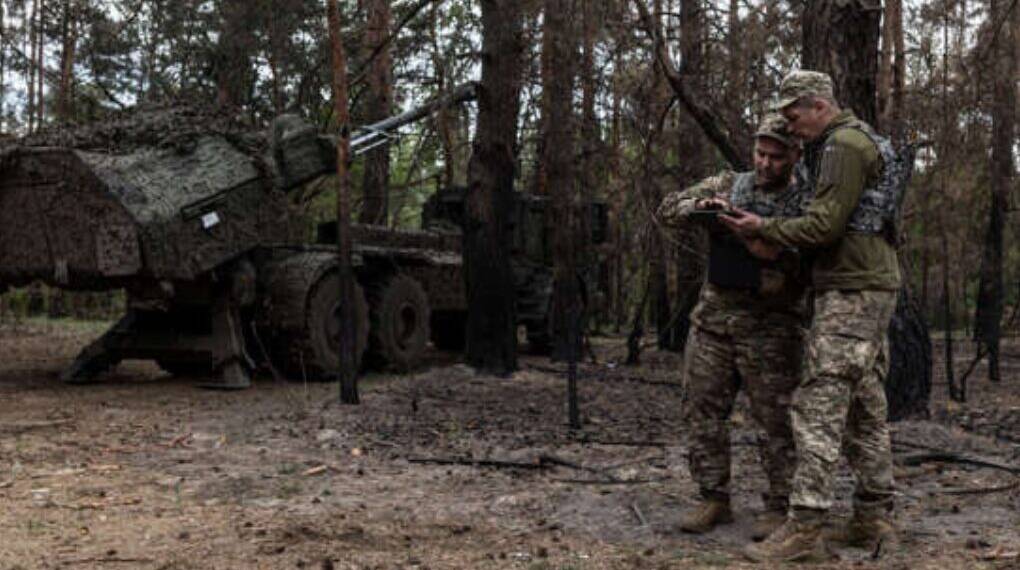As the war in Ukraine drags into its third year, Western-supplied artillery continues to play a critical role in countering Russian advances and bolstering Ukrainian defense capabilities. While much of the spotlight has fallen on the U.S.-made M109A6 Paladin and France’s Caesar self-propelled howitzer, Sweden’s Archer artillery system has emerged as a quiet but formidable game-changer on the battlefield.
Precision, Mobility, and Automation
Developed by BAE Systems Bofors, the Archer FH77BW L52 is a fully automated, truck-mounted howitzer system capable of firing 155mm shells at targets over 50 kilometers away. What sets it apart is its high rate of fire—up to eight rounds per minute—and its ability to “shoot and scoot” within seconds, dramatically reducing its vulnerability to counter-battery fire.
“The Archer’s speed and precision are redefining how artillery is used in this war,” a Ukrainian defense source told The Daily Digest. “It’s giving us greater flexibility and survivability under constant Russian drone surveillance and shelling.”
A Key Piece in Ukraine’s Artillery Puzzle
While the U.S. Paladins and French Caesars are highly respected for their capabilities, the Archer’s quick deployment and minimal crew requirements offer a unique advantage. Mounted on a Volvo 6×6 chassis, the system can be operated by as few as three soldiers, and from inside the armored cab—minimizing exposure and increasing safety.
Military analysts believe the Archer is ideal for Ukraine’s fast-paced, mobile artillery warfare. “The Archer system allows for rapid response and high accuracy, which is crucial when Russian counter-battery radars are hunting constantly,” said Robert Frisk, a defense analyst at the Stockholm Center for Strategic Studies.
Sweden’s Quiet but Growing Role
Sweden initially hesitated to send heavy offensive weapons to Ukraine but has since taken a firmer stance in support of Kyiv. In 2024, the Swedish government announced it would donate several Archer systems as part of a broader aid package. Ukrainian crews underwent extensive training in Sweden before the systems were deployed to active frontlines in the Donbas and Kherson regions.
The results have been immediate. Open-source battlefield footage and geolocated impact craters suggest that Archer units have been used in precision strikes on Russian artillery emplacements and ammunition depots—often from concealed positions unreachable by traditional tube artillery.
Leveling the Field in a Long War
With Russian forces continuing to rely on massed artillery and heavy bombardment, Ukraine’s need for long-range, mobile, and accurate systems has never been greater. The Archer offers all three.
“The Archer isn’t a silver bullet,” notes Frisk, “but it gives Ukraine the edge it needs to compete in a war of attrition. It complements other Western systems rather than replacing them.”
As Ukraine prepares for a potentially long summer of fighting in 2025, the Swedish-made Archer system is no longer in the shadows. It’s a vital part of Kyiv’s evolving strategy—one that is reshaping the war, one accurate salvo at a time








